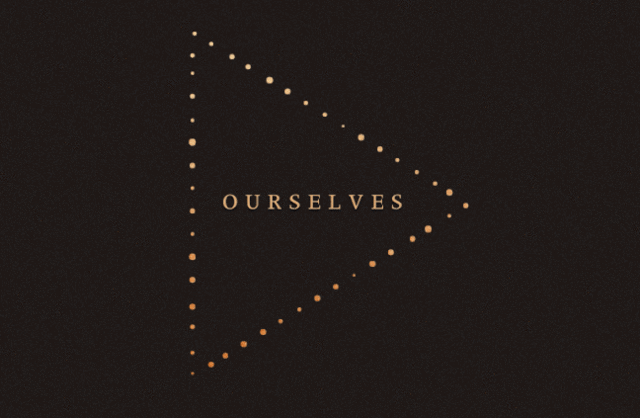PENGUIN UK BRINGS THE CHAPTERS OF SEVEN BRIEF LESSONS ON PHYSICS TO LIFE IN THIS FRESH TAKE ON THE TRADITIONAL BOOK WEBSITE.
Old-school book publishers can be reticent to weave new technologies into their long-established practices, but a team of designers at Penguin UK is working to change that. Last year, designers Mathieu Triay and Matthew Young designed an interactive “wheel of book discovery” for the esteemed publishing house’s 80th birthday. Now they’ve designed an equally appealing site for Carlo Rovelli’s bestselling book, Seven Brief Lessons on Physics.

Using Coralie Bickford-Smith’s hardcover design as a starting point, Triay and Young animated a cluster of orange particles to demonstrate a key concept in each chapter. In Chapter 5, for example, particles flow toward the center and disappear from view to visualize how black holes are formed by collapsed stars. Accompanied by an audio and text excerpt, the animation allows the reader to experiment with complex physics concepts that Rovelli has explained in a very simple, playful way.
When Young and Triay started working on the site, under the direction of Penguin community manager Claudia Toia, the book was already a sensation in Italy.
“When we read the book, which has a few diagrams, we immediately thought, ‘these abstract concepts could be visualised and animated to support the text.’ Kind of like an interactive textbook, but with a lighter tone,” the designers write in an email. “The book has some playfulness in its language already and it describes some pretty complicated physics in a very understandable way. Sentences like ‘Space is […] an entity that undulates, flexes, curves, twists’ beg to be illustrated and become interactive.”

Penguin views this as an opportunity not just to market the book, but also as a way to extend the reading experience across different mediums. “Digital, particularly when it comes to nonfiction, is a great asset to help the understanding of a subject,” write the designers. “In the past we had diagrams, schemas, maybe infographics. But now all of these can be interactive, they can be played with until the concept is fully understood.”
To click around on the site, go here.
[All Images: via Seven Brief Lessons]



